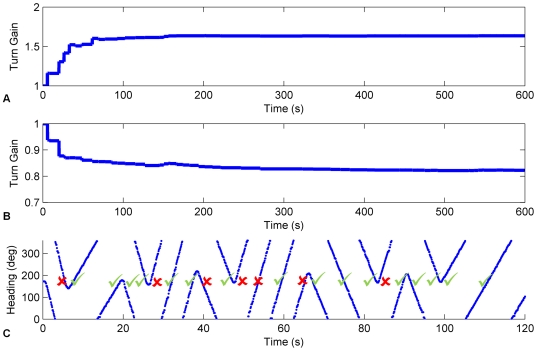Figure 6. Turn gain converged rapidly for turns on the mobile robot platform.
Convergence occurred despite unreliability of the visual tracking of the landmark that was used for calibration. Turn gain was increased when it started too low (A) and decreased when it started too high (B) as needed to reliably track robot heading. The bottom panel (C) shows the robot's perceived heading to the landmark at each time point that the landmark was detected, during the first two minutes of training. Imperfections in the robot's visual tracking of the landmark caused approximately 30% of the landmark alignments with 180° (which should cause landmark reset of the HD bump) to be neglected in the first two minutes (red crosses in (C)). Despite the variable landmark tracking success, turn gain was quickly optimised, indicating robustness of the training.

